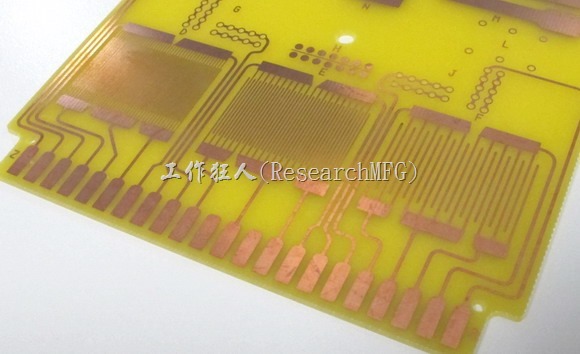
Why is “Panelization” performed during PCB manufacturing? And after surface mounting (SMT) assembly and wave soldering, why is it necessary to go through the additional process of “de-paneling” to separate the individual boards? What is the purpose of the PCB’s break-away edges or coupons? Isn’t it cost-effective to use less material? What exactly is meant by “material utilization rate”?




